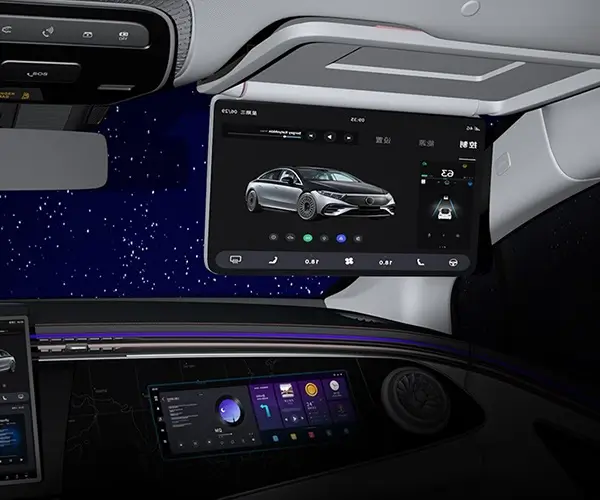When you're diving into the world of motors, especially for projects that need precise control, you’ll hear a lot about servo motors and stepper motors. They seem similar at first glance, but trust me, they’re like night and day once you start unpacking their quirks.

Think of a servo motor as the high-end performer in the race. It’s like those sports cars with a fancy turbocharged engine. You get smooth, nuanced movements, quick response, and high torque. When you want a robotic arm to pick up delicate objects or a drone to hover perfectly, servo motors shine brightest. They come with built-in position sensors—ready to tell you exactly where they are at any moment. Imagine you’re driving, and the car constantly tells you your position on the road—that’s the precision servo offers.
Meanwhile, stepper motors resemble the dependable older bike that’s simple and sturdy. They move in discrete steps, like taking tiny, measured jumps. This makes them perfect for applications where you need repeatable positioning but not necessarily super-fast or highly dynamic movements. They’re often used in 3D printers or CNC machines, where consistency over speed counts.
What makes things interesting is that stepper motors are mostly open loop. They just keep stepping, assuming they’re in position, without necessarily checking if they’re slipping or losing steps. In contrast, servo motors run a closed-loop system—they constantly verify their position and adjust accordingly. So, if a servo gets obstructed or overloaded, it can adapt and correct itself. Whereas a stepper might just get stuck or lose steps if overburdened, which could mean misalignment.
Here’s a thought—imagine setting up a conveyor belt. You wouldn’t want a stepper motor to suddenly lose track of its position mid-process. That could cause mispicks or misplaced items. But a servo motor, with its feedback loop, would likely catch that hiccup instantly and correct, maintaining smooth operation. It’s like having a keen-eyed partner watching your back.
So, compatibility really depends on what you need. Do you want fast, flexible control with feedback? Servo motors are your friends. Need something straightforward, reliable, and cost-effective for positional tasks? Stepper motors are waiting in the wings.
To put it plain: if you’re after finesse and adaptability for complex tasks, go servo. If your focus is on static positioning, repetitive motions, and budget constraints, stepper might just do the trick.
Choosing between them is about understanding the demands of your project. Sometimes, it’s not about which one is better overall—it's about which one fits the puzzle piece better. A little bit of insight can save a lot of headaches down the line.
Established in 2005, Kpower has been dedicated to a professional compact motion unit manufacturer, headquartered in Dongguan, Guangdong Province, China. Leveraging innovations in modular drive technology, Kpower integrates high-performance motors, precision reducers, and multi-protocol control systems to provide efficient and customized smart drive system solutions. Kpower has delivered professional drive system solutions to over 500 enterprise clients globally with products covering various fields such as Smart Home Systems, Automatic Electronics, Robotics, Precision Agriculture, Drones, and Industrial Automation.




































